The law introduces a strict 30-day deadline for reporting to the military office once a digital summons is entered into the state register.
Others are reading now
Russian President Vladimir Putin has signed a new law that will require conscription efforts to run continuously throughout the year, marking a significant shift in the country’s military recruitment strategy.
The legislation, passed by Russia’s parliament in late October, removes the traditional seasonal limits on drafting new soldiers.
Recruitment now a year-round effort
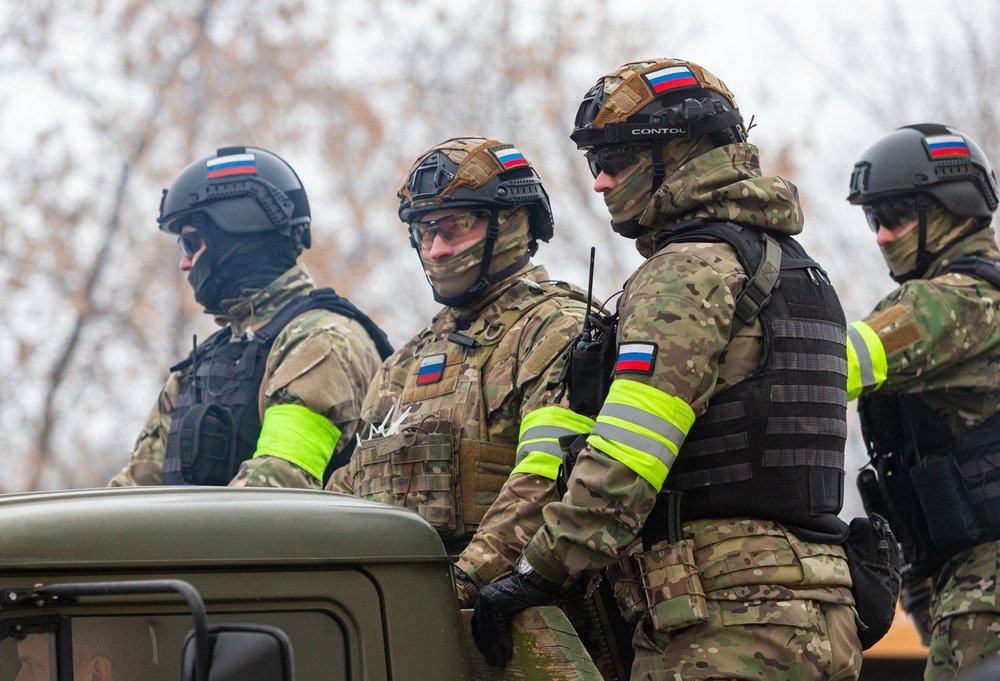
Starting January 1 next year, military offices across Russia will no longer operate on a seasonal basis.
Instead, recruitment and medical commissions will remain active from January through December, ensuring a continuous process of evaluation and enlistment.
Seasonal deployment periods remain in place
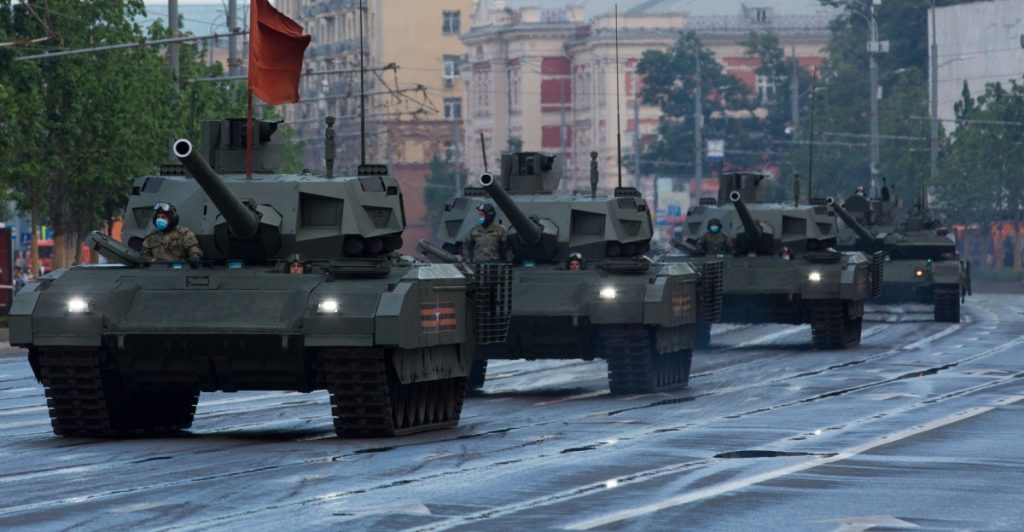
While the conscription process will now function all year, the actual dispatching of new recruits to military units will still occur during set periods, April 1 to July 15 in the spring, and October 1 to December 31 in the autumn.
Recruits face tighter reporting deadlines

Also read
The law introduces a strict 30-day deadline for reporting to the military office once a digital summons is entered into the state register.
Recruits who lose the right to deferment or fail to receive a summons are now required to present themselves voluntarily within two weeks of the seasonal dispatch period.
Decisions can be made without the recruit present
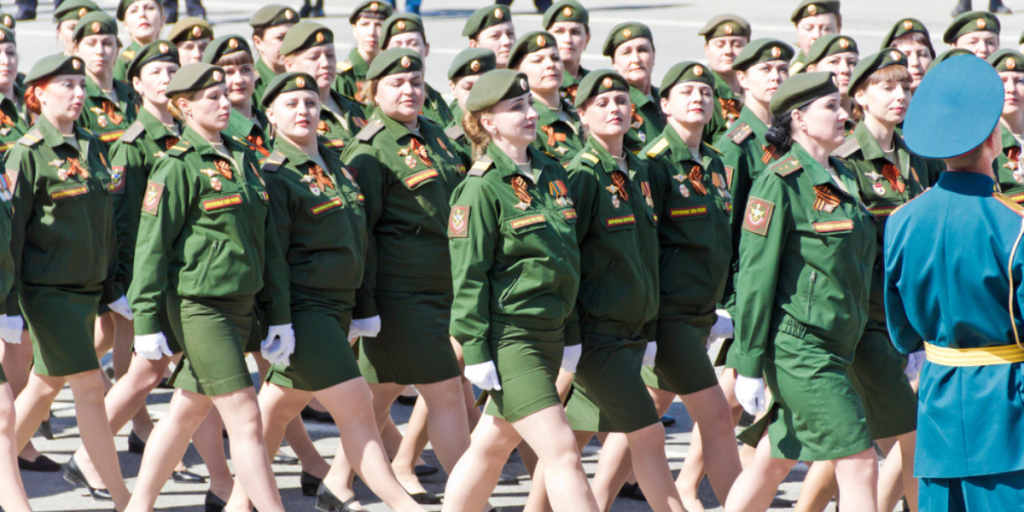
Under the new rules, recruitment and exemption decisions may be made even if the recruit is not physically present.
The law also introduces new deadlines for filing applications to substitute military service with alternative civilian roles.
Officials cite efficiency and fairness

The lawmakers behind the bill, Andrei Kartapolov and Andrei Krasov, say the new approach will help “evenly distribute the burden” on military recruitment offices and improve the overall quality of the process.
Also read
They argue it’s a practical update to streamline enlistment logistics.
Critics warn of constant pressure on young men

However, The Moscow Times, a publication operating in exile to avoid Kremlin censorship, warns the change could create conditions for constant raids and summons deliveries, placing sustained pressure on eligible men throughout the year.
New law follows push for infrastructure defense
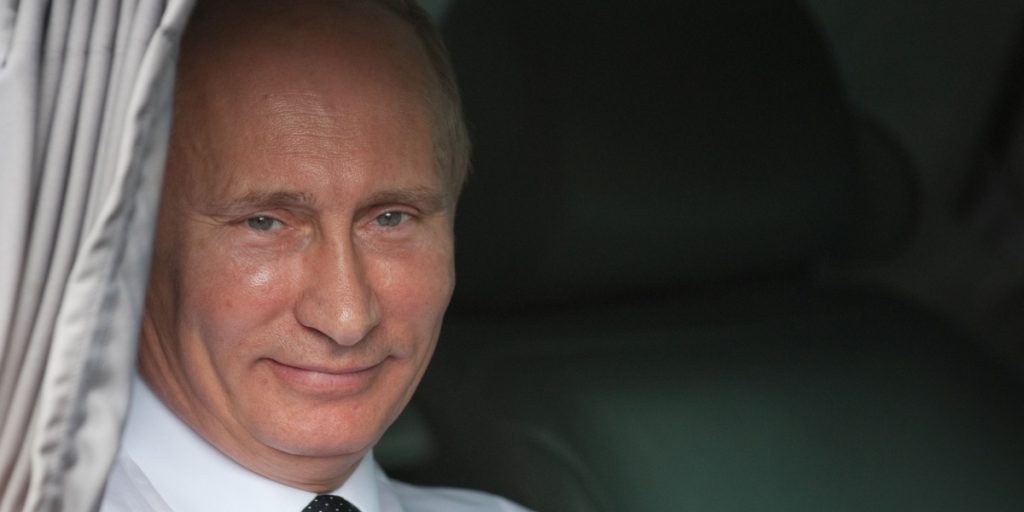
Putin signed this law just a day after lawmakers approved a related bill to form specialized units made up of contract reservists. These forces will focus on protecting Russia’s critical infrastructure from increasing threats, including Ukrainian drone strikes.
Russia expands authority to call up reservists
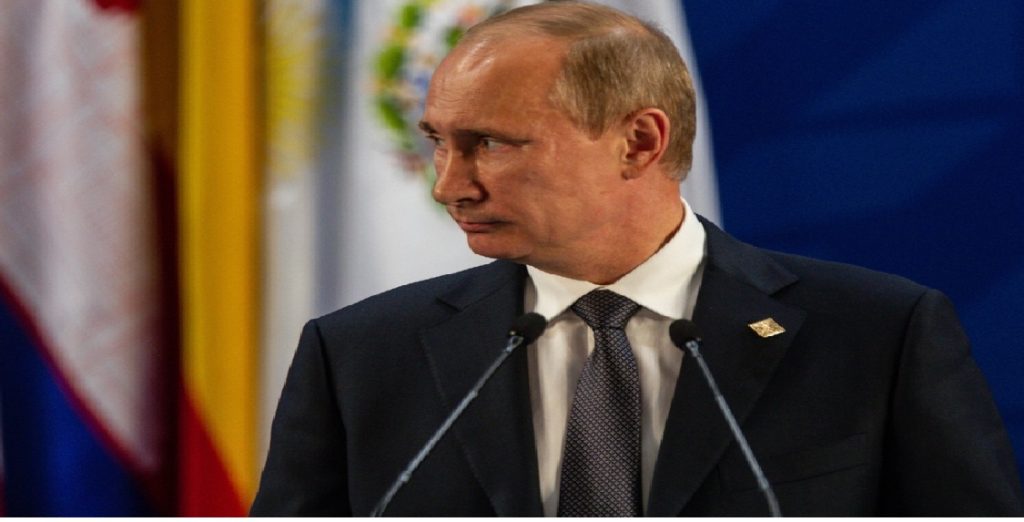
Back in October, the Kremlin approved another major legal change allowing the president to mobilize reservists at any time, not just during war or official mobilization.
This move significantly broadens Putin’s military reach.
Up to 2 million reservists now eligible

Also read
According to State Duma Deputy Alexei Zhuravlev, the new law could allow up to two million people to be mobilized.
“We are waging a real and large-scale battle, but officially no war has been declared,” Zhuravlev noted, calling the previous limitations outdated.
Analysts: Kremlin lifts wartime restrictions
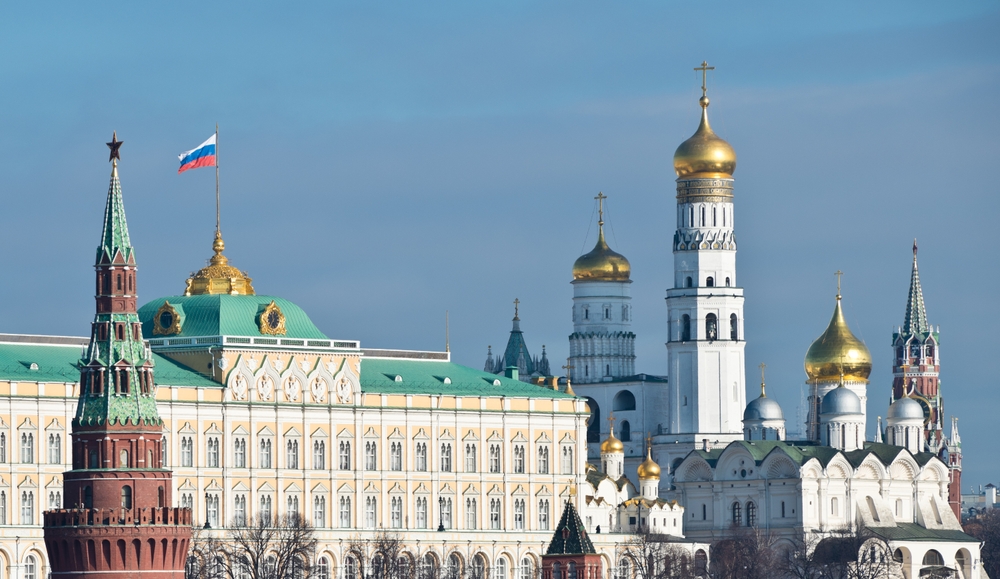
Experts at the U.S.-based Institute for the Study of War have said these legal shifts remove key restrictions, enabling the Kremlin to deploy reservists into combat much faster, even without declaring war. It’s seen as part of Russia’s broader strategy to sustain its war effort in Ukraine.
Heavy toll on Russian troops in Ukraine

Ukrainian intelligence estimates that Russia has lost over 280,000 troops in 2025 alone, and more than one million since the full-scale invasion began in February 2022. This figure includes those killed, wounded, missing, or taken prisoner.
A clear signal: war readiness is now permanent
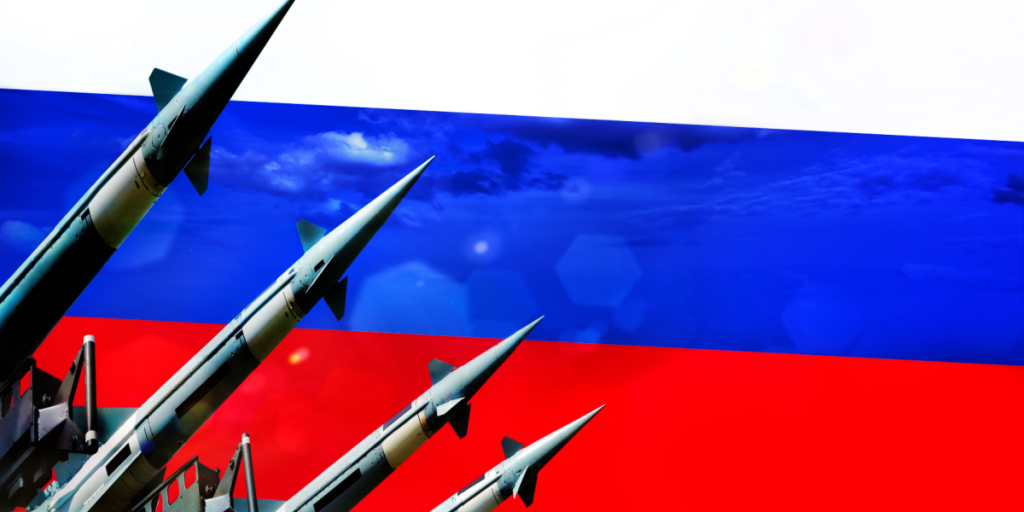
With these new legal frameworks in place, Russia appears to be shifting toward a long-term wartime footing.
Also read
The year-round conscription system signals that the Kremlin expects ongoing military needs, and is preparing for them accordingly.
This article is made and published by Edith Hejberg, who may have used AI in the preparation


